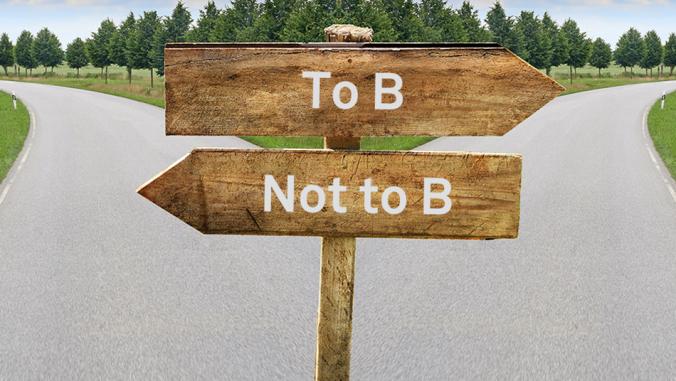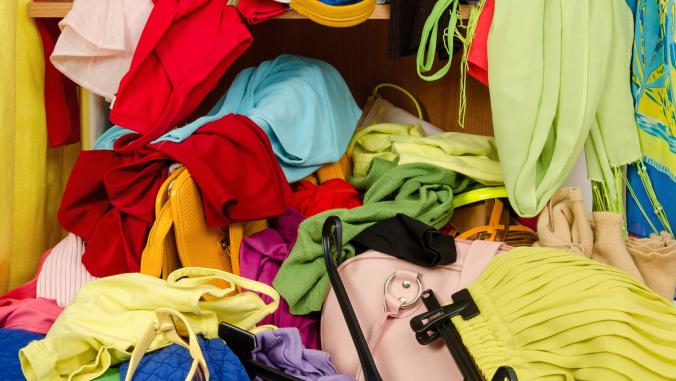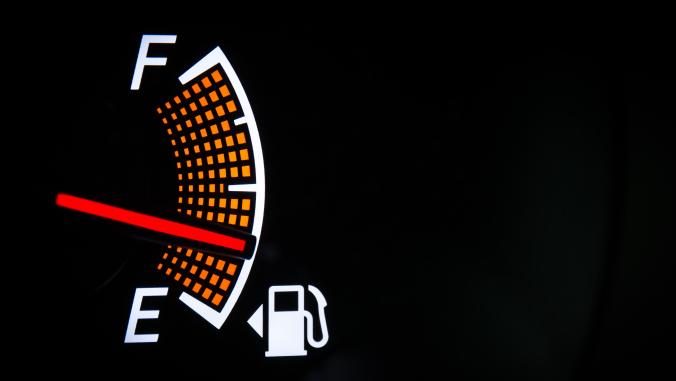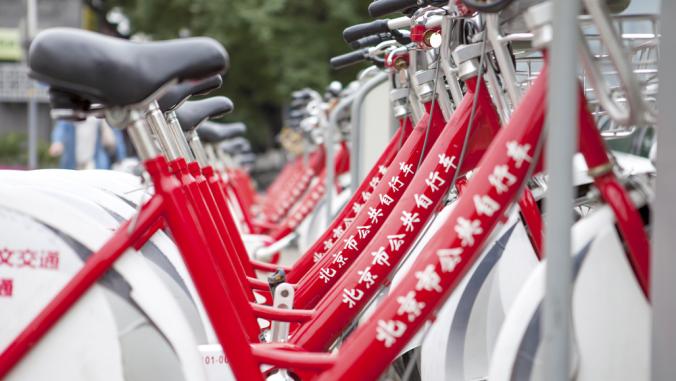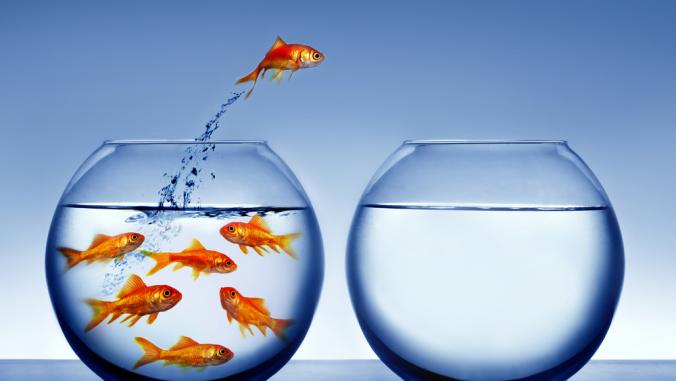Will American Consumers Ever Go Green?
<p>At Fortune's Brainstorm Green conference, a panel discussion evaluated the poor state of green consumerism in America.</p>

It's been another action-packed day at FORTUNE's Brainstorm Green conference on business and the environment. Lively conversation about the future of coal (it's not going away), sustainable seafood (about which more another day), geoengineering and marketing to the green consumer.
The "green consumer" panel featured SC Johnson's CEO H. Fisk Johnson, Steve Wenc of UL Environment and marketing guru Suzanne Shelton. It was moderated by my friend and colleague Joel Makower, the founder and editor-in-chief of GreenBiz.com. They all agreed that much of corporate America has moved ahead of its customers when it comes to embracing green products.
Wait, it gets worse: Joel and Suzanne argued that consumers fool themselves about their green behavior. They buy a CFL bulb or green cleaning product or perhaps a Prius and then decide they've done their part for the planet. They tell pollsters that they consider sustainability factors in their purchasing decisions and describe themselves as "conscious consumers" but the reality is quite different. They're greenwashing their own behavior, Joel noted.
 Fisk told a story that illustrates this sometimes-depressing reality. SCJ has come up with a concentrated form of Windex that it sells in a small plastic pouch. Customers can snip off the top of the pouch, pour it into a refillable bottle and add water to get the equivalent of a 32-ounce bottle of Windex. The company saves money on packaging and energy, less carbon is emitted into the environment, less waste goes to landfill and a few pennies of savings can be passed along to the consumer. Everyone wins.
Fisk told a story that illustrates this sometimes-depressing reality. SCJ has come up with a concentrated form of Windex that it sells in a small plastic pouch. Customers can snip off the top of the pouch, pour it into a refillable bottle and add water to get the equivalent of a 32-ounce bottle of Windex. The company saves money on packaging and energy, less carbon is emitted into the environment, less waste goes to landfill and a few pennies of savings can be passed along to the consumer. Everyone wins.
Everyone, that is, is the developing world where this Windex concentrate is sold. It's not sold in the U.S., Fisk said, because Americans don't care about saving a few pennies and they don't want to deal with the inconvenience of mixing a small package of concentrate with water. They won't make a small change that has a significant impact.
Aside from being lazy, consumers tend to be confused and habitual. They are confused by a plethora of eco-labels and competing claims.
"They consumer still does not understand what is green and what is not," Fisk said.
Shoppers rely on the labels on products for information about sustainability, but they don't trust the companies that make them, Suzanne said. They don't have the time, the energy, the desire or focus to think about the consequences of their purchasing decisions.
"We just grab the same stuff off the shelf that we always grab off the shelf," Suzanne said. "Where's the moment where we can shift from automatic behavior to conscious choice?"
Discouraged by all this? Don't be. Habitually modest but seriously green companies like SCJ are starting to talk more about their sustainability work. The company has to do so, Fisk said, to keep up with competitors like Clorox, Seventh Generation and Method. Better-educated consumers will be the result.
Besides that, objective guidance from third parties will help guide those consumers who care. UL Environment has begun to study consumer products. Good Guide is getting traction. The Sustainability Consortium is cranking up. All that will bring clarity to the question of which products are green. (See The Business of Rating Business.)
Finally, some very clever companies are going beyond education to reward consumers for greener behavior. Recyclebank is one. OPower is another. (See OPower, peer pressure and climate change.) Retailers like Walmart and Whole Foods are looking for ways nudge consumers towards better choices, or to make better choices for them.
In the end, it doesn't take a majority of consumers to move a market, just a significant minority.
So remember how the song goes: The darkest hour is just before dawn.
Shopping cart photo CC-licensed by schizoform.

